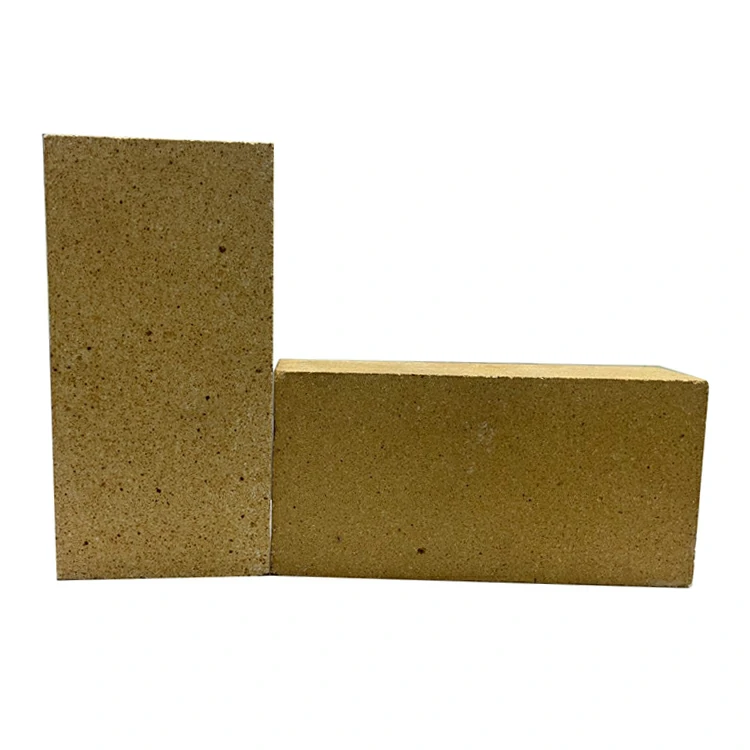Alumina-silicate fire bricks stand as essential components in industries requiring robust refractory materials capable of withstanding extreme temperatures and providing structural integrity. These bricks, engineered with a blend of alumina and silica, exhibit remarkable thermal and mechanical properties, making them indispensable in various high-temperature applications.
Understanding Alumina-Silicate Fire Bricks
- Composition: Alumina-silicate fire bricks are primarily composed of alumina (Al2O3) and silica (SiO2), often mixed with other additives for specific properties. The proportion of alumina and silica influences their performance and suitability for diverse applications.
- Firing Process: The bricks are fired at high temperatures during manufacturing, leading to the vitrification of raw materials, which enhances their mechanical strength and thermal resistance.
Key Features and Advantages
- High Temperature Resistance: Alumina-silicate bricks exhibit excellent thermal resistance, with melting points typically ranging from 1,600 to 1,800 degrees Celsius (2,912 to 3,272 degrees Fahrenheit), ensuring stability in extreme heat.
- Mechanical Strength: They possess exceptional mechanical strength, maintaining structural integrity even under prolonged exposure to high temperatures, thermal shock, and mechanical stress.
- Chemical Stability: These bricks showcase resistance to chemical corrosion, making them suitable for applications in aggressive environments with exposure to acids, alkalis, and other corrosive substances.
Applications in Various Industries
- Steel and Iron Industries: Alumina-silicate bricks are used in steelmaking, foundries, and iron smelting furnaces as linings due to their ability to withstand high temperatures and corrosive conditions.
- Ceramics and Glass Manufacturing: They serve as linings in kilns, ovens, and glass furnaces, where their thermal stability and durability are crucial for maintaining consistent high temperatures.
- Petrochemical and Refining Industries: These bricks find application in petrochemical plants, refineries, and reactors, providing thermal insulation and resistance in high-temperature processes.
Benefits for Industrial Applications
- Heat Insulation: Alumina-silicate bricks offer superior heat insulation, reducing heat loss and ensuring energy efficiency in industrial furnaces and kilns.
- Extended Lifespan: Their resistance to thermal shock and chemical corrosion prolongs their lifespan, reducing maintenance and replacement costs in industrial settings.
Considerations and Installation
- Brick Selection: Tailoring the composition of alumina-silicate bricks to match specific temperature ranges and environmental conditions is critical for optimal performance.
- Installation Techniques: These bricks are installed using refractory mortar or adhesives, ensuring proper placement and consolidation to achieve desired thermal efficiency and stability.
Alumina-silicate fire bricks serve as indispensable components in industries requiring refractory materials with high thermal resistance, mechanical strength, and chemical stability. Their ability to endure extreme temperatures, resist thermal shock, and withstand corrosive environments makes them a vital asset in steelmaking, ceramics, petrochemicals, and various high-temperature processes. Understanding their composition and suitability for different industrial environments empowers industries to leverage these durable and resilient bricks effectively, ensuring reliable and long-lasting performance in extreme heat applications.
